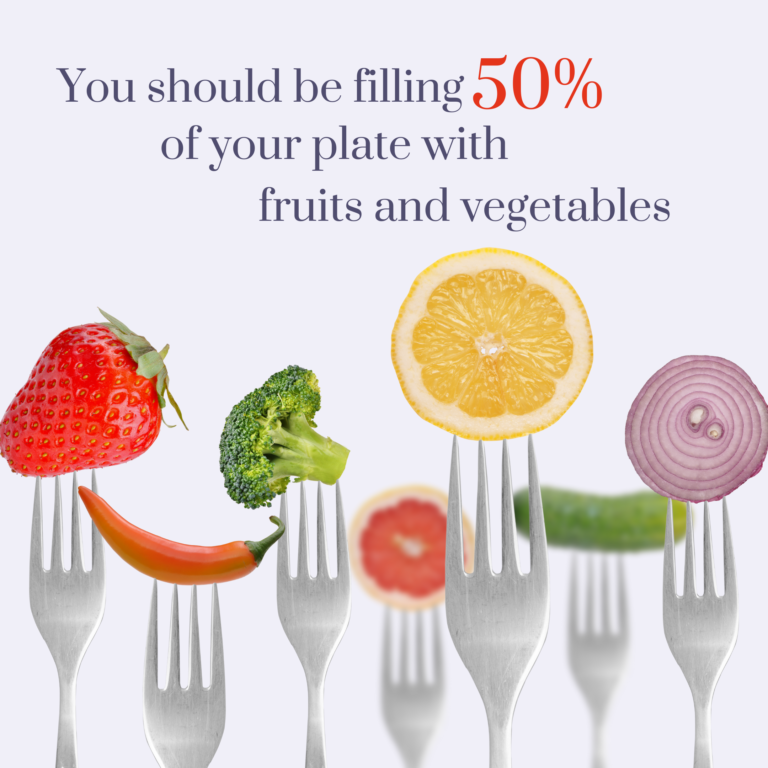July 20
What Does It Really Mean to Have a Balanced Diet?
When many of us think about a healthy, balanced diet, the first thought that comes to mind is probably the food pyramid, followed by a flashback of your teacher pointing to a diagram on the chalkboard.
Growing up, we were led to believe that carbs should make up the majority of our diet. Now, we know 6 to 11 daily servings of bread or pasta is the last thing we should be doing.
So, if the food pyramid is outdated what are the best nutrition guidelines to follow? Based on current research, here’s a breakdown of the food you should be eating, what to avoid, and how to measure your own nutritional intake.
1. Understand the big picture with calories
Calories are a measure of energy that come from the food and drink a person consumes. For example, if a beverage contains 100 calories, that’s how much energy your body could get from drinking it.
Many people look at calories incorrectly and focus only on the number of calories. However, there are several factors you should take into consideration: age, sex and physical activity level. As a general rule, men typically require more calories than women, and competitive athletes require more calories than the average person since they are burning more on a daily basis.
Also, think about the source of your daily calories. The calories that come from cookies, chips, and donuts are considered “empty” calories. To improve your health, avoid foods with empty calories and choose foods that are rich in nutrients.
2. Choose the right amount of each food group
According to the USDA’s “ChooseMyPlate,” you should be filling 50% of your plate with fruits and vegetables, 25% with grains, and 25% with protein foods.
Keep in mind this is a general guideline, and these numbers will vary slightly from person to person.

3. Eat fresh, whole foods
To get the nutrients you need, you should be including fruits, vegetables, legumes, nuts, whole grains, and lean proteins.
Processed foods are often high in fat and calories, so your goal should be to eat foods as close to their natural state as possible. For example, choose potatoes over potato chips and grilled chicken over chicken nuggets.
If you’re unsure about a food’s nutritional value, read the label and check to see if there are artificial ingredients, preservatives, and additives.
4. Avoid processed foods, refined carbs and added sugar
Not only are processed foods packed with artificial ingredients and preservatives, they contain unhealthy levels of sugar, sodium and fat. While these may make the food taste better, they can lead to chronic health conditions like high blood pressure, obesity and heart disease.
Refined carbs are low in fiber and nutrients, and can cause spikes in blood sugar. They have a high glycemic index, which leads to short-term fullness and overeating.
Added sugar tricks your body into eating more. As a result, it’s linked to weight gain and an increased risk of heart disease, type 2 diabetes, and cancer.
To learn more about your individual nutrition needs, you can speak with a functional medicine doctor.

